If you’re looking for a way to add some life to your home without spending a lot of money, then growing indoor plants from seeds in pots is a great option. Not only are these plants beneficial for your health, but they can also help purify the air in your home.
“The best time to plant a tree was 20 years ago. The second best time is Now!” – Chinese Proverb
In this blog post, we’ll show you how to easily grow indoor plants from seeds. We’ll also provide you with some great tips on how to care for your plants so that they thrive better.
So if you’re ready to learn how to grow indoor plants from seeds in pots, then read on!
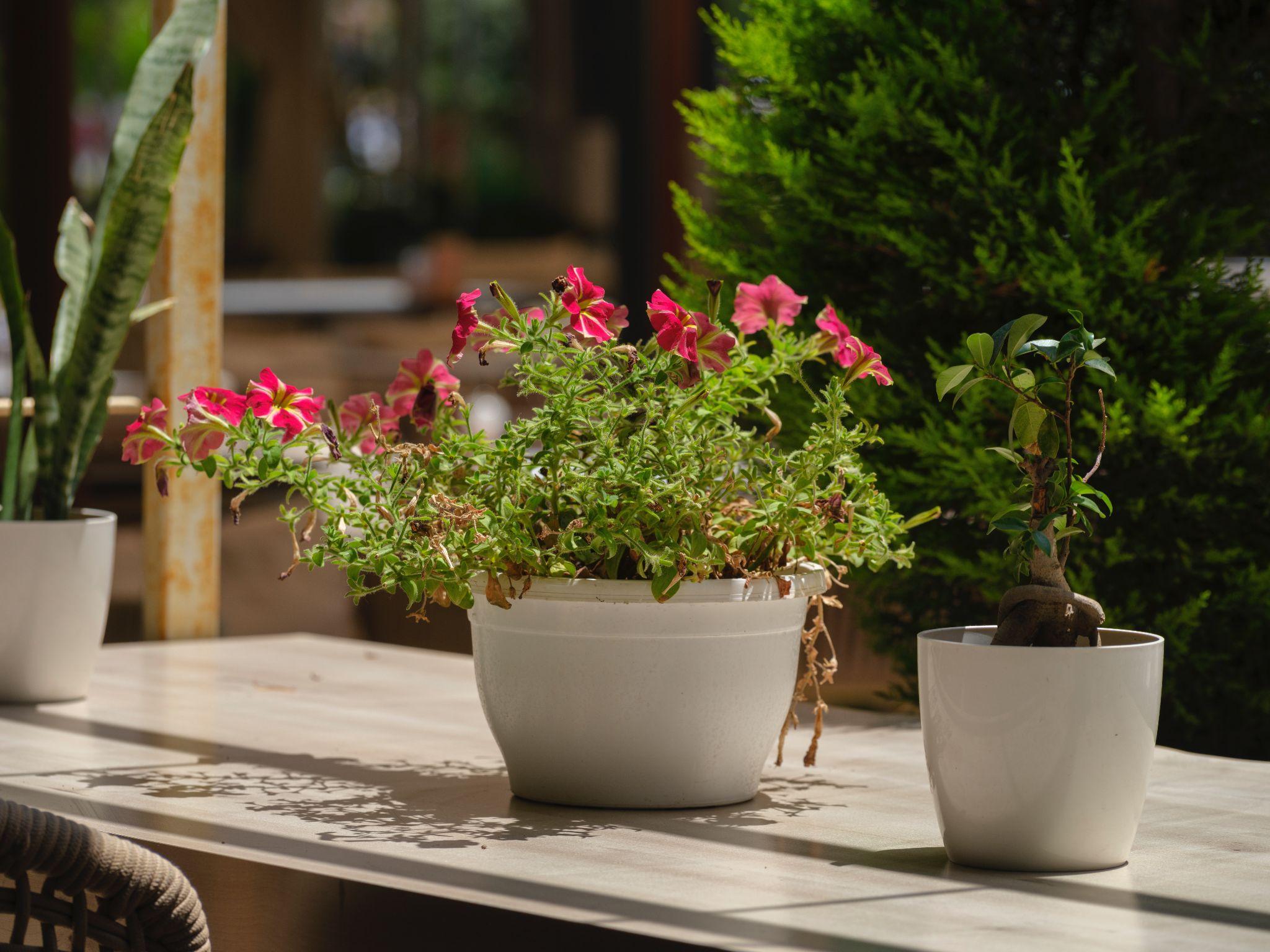
Credit: Pexels
How to Grow Indoor Plants from Seeds
If you want to add some green to your home, growing indoor plants from seeds is a great way to do it! Not only is it a fun and rewarding process, but it’s also a great way to get exactly the plants you want.
Of course, growing plants from seeds takes a bit of patience and care. But don’t worry – we’ll walk you through everything you need to know to get started.
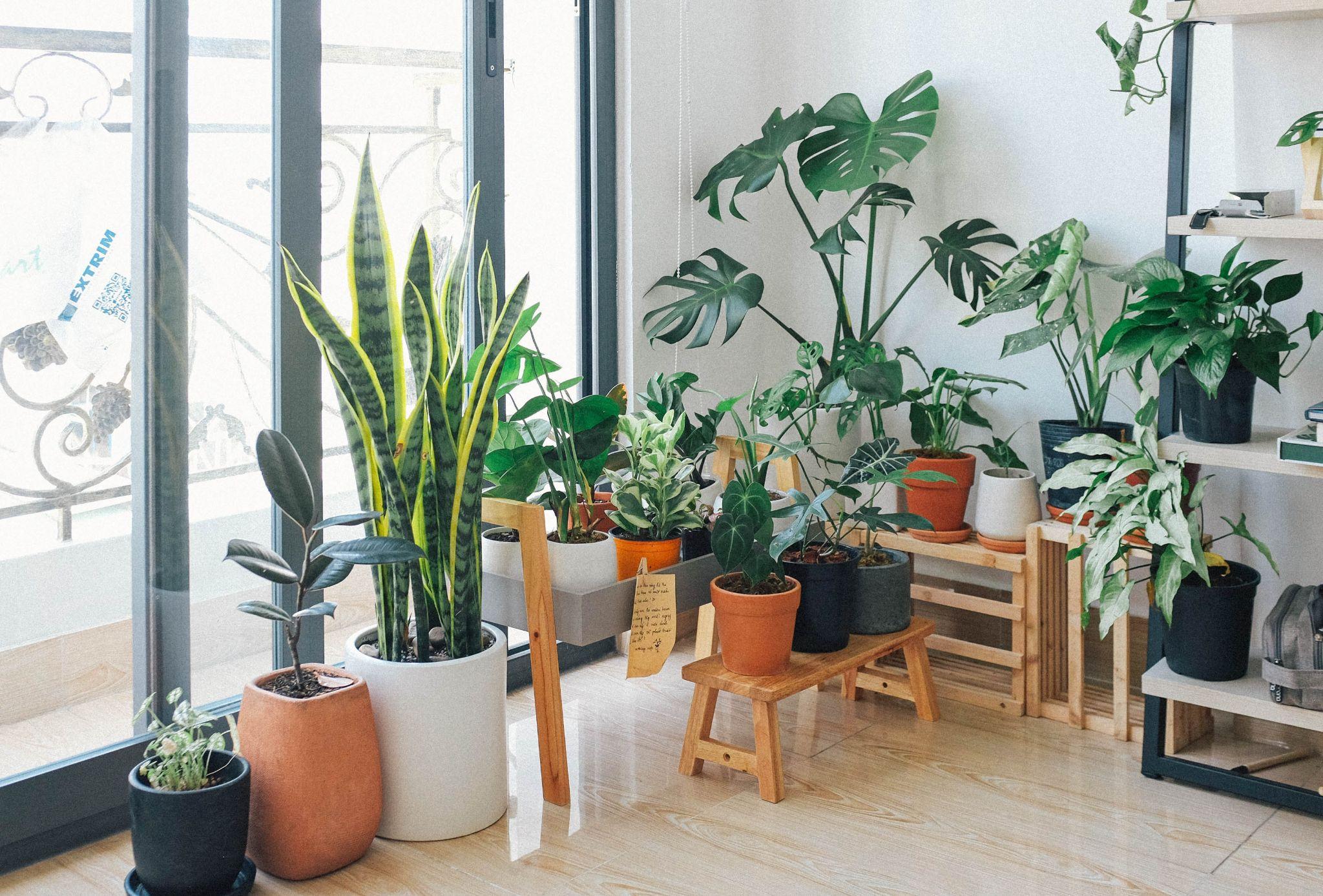
Credit: Pexels
First, you’ll need to choose the right seeds for your indoor plants. There are many different kinds of plants you can grow indoors, so do some research to find out which ones will work best in your space. Once you’ve got your seeds, it’s time to get started!
Here’s what you’ll need to do:
- Fill some pots or trays with seed-starting mix, and wet the mix until it is damp but not soggy.
- Plant your seeds according to the instructions on the packet.
- Place your pots or trays in a warm, sunny spot.
- Keep the mix moist by watering it regularly.
- Once your seedlings have sprouted, thin them out so that only the strongest plants remain.
- When your plants are big enough, transplant them into larger pots or your garden.
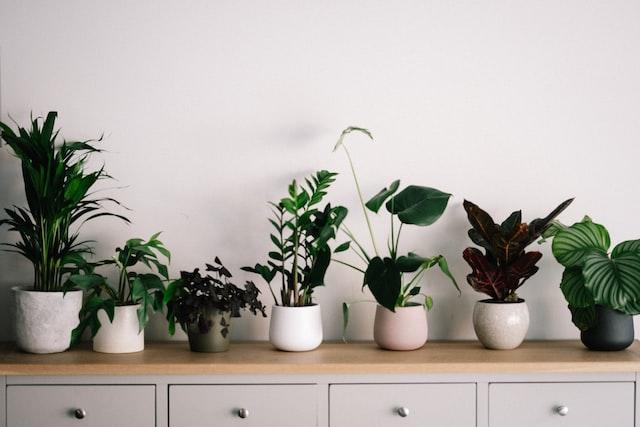
Credit: Unsplash
That’s it! With a little bit of time and care, you’ll have beautiful indoor plants that you grew from seed.
How To Choose The Right Seeds For Growing Indoor Plants
There are many different types of seeds that you can use to grow indoor plants. Some seeds are better suited for growing in pots than others. Here are some tips on how to choose the right seeds for growing indoor plants in pots:
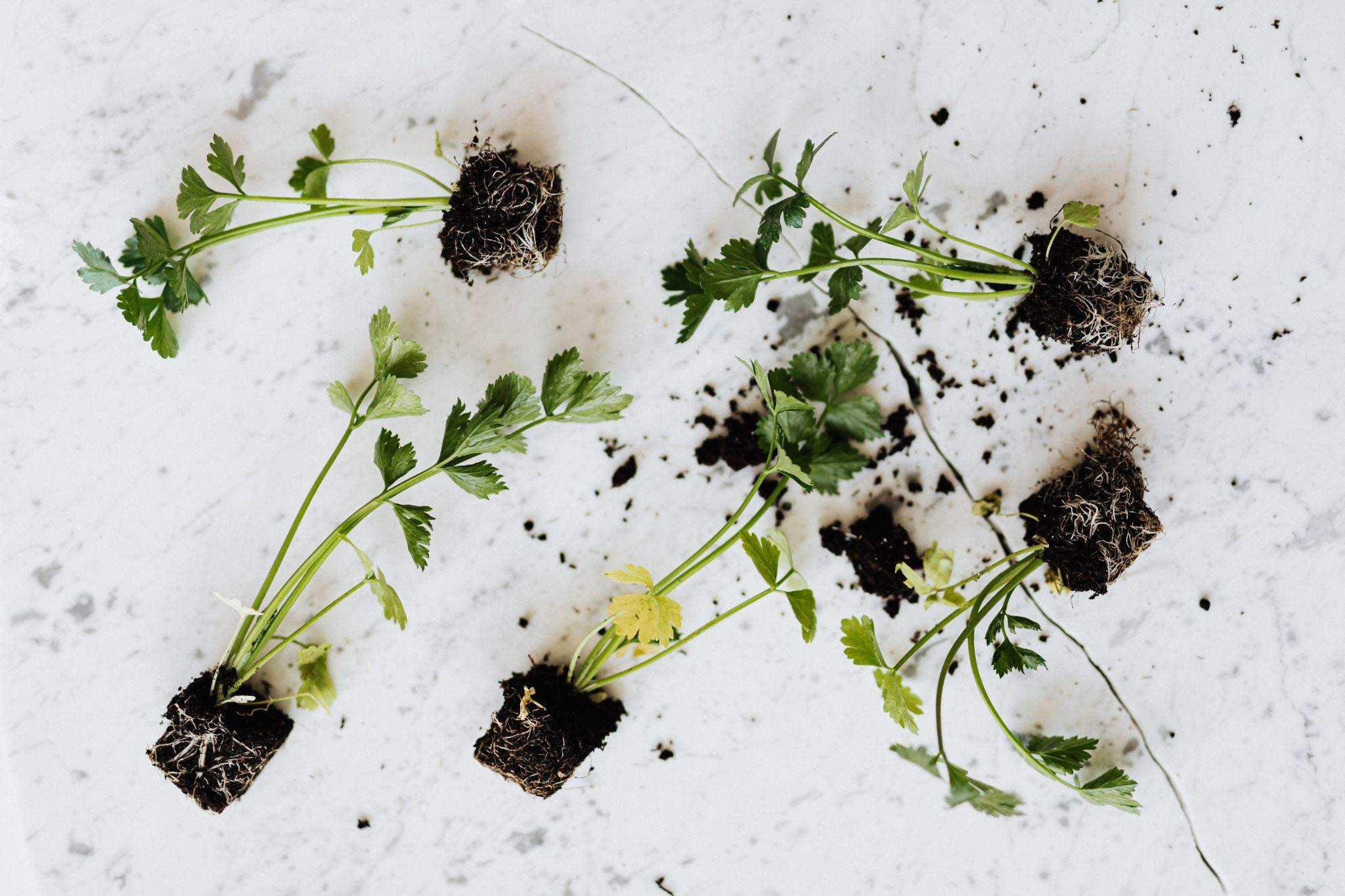
Credit: Pexels
1. Size of Plant
Consider the size of the plant that you want to grow. Some seeds will produce larger plants than others. If you have limited space, you may want to choose a seed that will produce a smaller plant.
2. Climate
Consider the climate in which you live. Some seeds require a warm climate to germinate and grow, while others can tolerate cooler temperatures. If you live in a colder climate, you may want to choose seeds that can tolerate cooler temperatures.
3. Amount of Light
Consider the amount of light that your pot will receive. Some seeds require full sun to germinate and grow, while others can tolerate partial sun or shade. If you don’t have access to direct sunlight, you may want to choose a seed that can tolerate shade or partial sun.
4. Amount of Water
Consider the amount of water that your pot will receive. Some seeds require more water than others. If you have a limited amount of water for your pot, you may want to choose a seed that does not require as much water.
5. Type of Soil
Consider the type of soil that you will be using. Some seeds require a certain type of soil to germinate and grow. If you are limited to the type of soil you can use, you may want to choose a seed that can tolerate various soil types.
By following these tips, you will be able to choose the perfect seeds for growing indoor plants in pots.
The Best Soil And Potting Mix For Growing Indoor Plants From Seeds
There are a lot of different soils and potting mixes that you can use to grow indoor plants from seeds. But not all of them are created equal. Some are better than others.
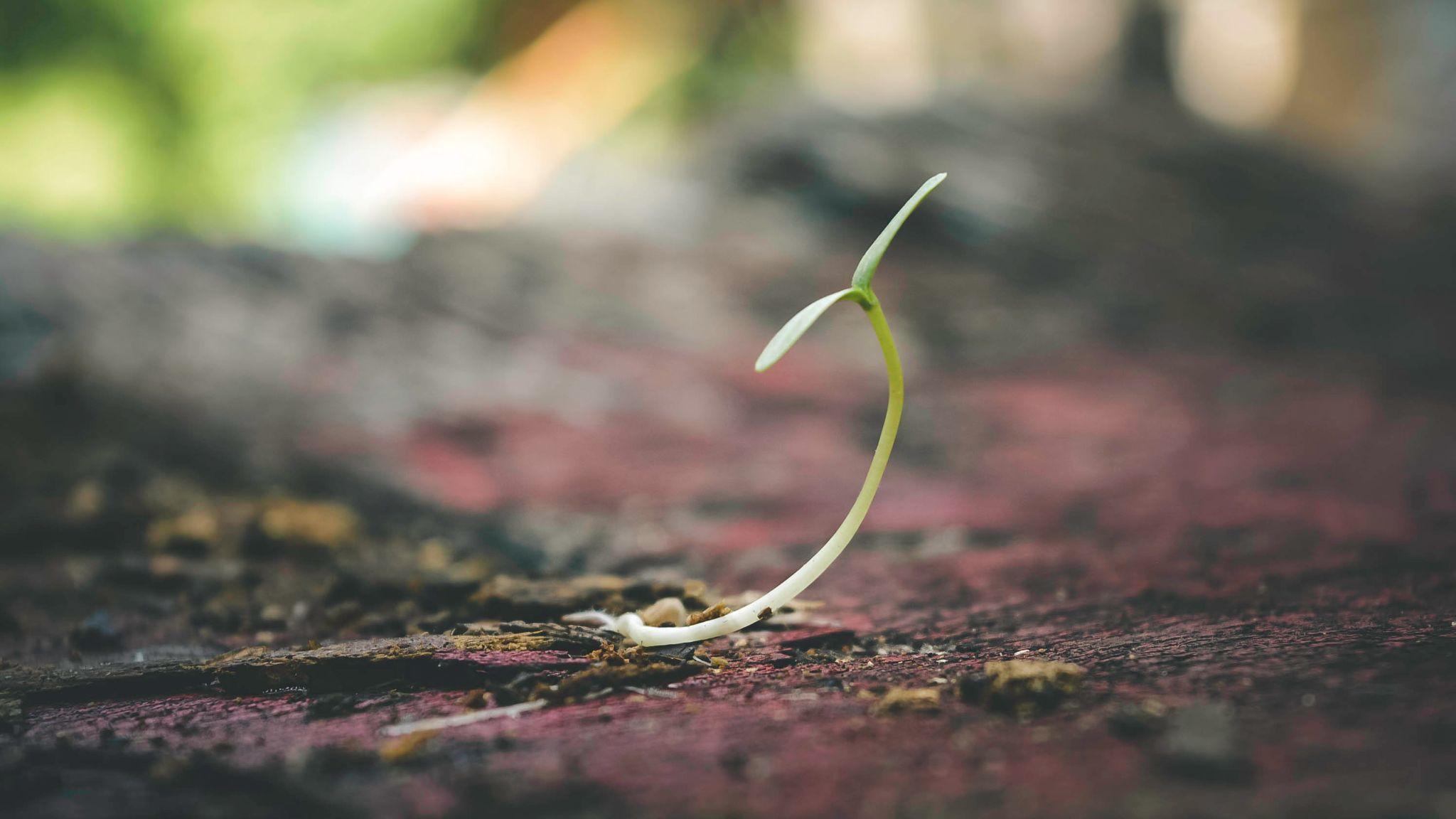
Credit: Pexels
There are a few things to look for:
- The mix should be light and airy, drain well, and not be too dense. Seeds need oxygen to germinate and grow. Hence dense soil will suffocate them.
- The mix should be sterile. So, it didn’t contain any harmful bacteria or fungi that could infect your seeds or seedlings.
- The mix should be nutrient-rich. Seeds are tiny, and they don’t have a lot of energy reserves. They need a lot of nutrients to grow.
A good potting mix will have all of these qualities. It will be light and airy, drain well, be sterile, and be nutrient-rich.
There are a few commercial potting mixes that meet these criteria. One is Miracle-Gro Seed Starting Mix, and the other one is Jiffy Mix.
You can also make your own potting mix. To do this, mix together equal parts of sphagnum peat moss, perlite, and vermiculite. Add some slow-release fertilizer to the mix, and you’re good to go.
Whichever potting mix you choose, make sure it meets the criteria above. That way, you’ll give your seeds the best chance to germinate and grow into healthy plants.
How To Sow The Seeds For Growing Indoor Plants
To sow the seeds for growing indoor plants, you will need:
Items:
1. A clean, shallow container with drainage holes in the bottom.
2. Seed-starting mix, or a combination of equal parts of peat moss, vermiculite, and perlite.
3. Water.
4. Seeds of your chosen plant.
5. A pencil or other sharp object.
Instructions:
1. Fill your container with the seed-starting mix.
2. Moisten the mix with water until it is evenly damp but not soggy.
3. Make a small hole in the center of the mix with your pencil or other sharp objects.
4. Drop one or two seeds into the hole and cover them with a small amount of the mix.
5. Water the seeds gently.
6. Place the container in a warm, sunny spot.
7. Keep the mix moist but not soggy.
8. When the seedlings are large enough to handle, transplant them into individual pots or the garden.
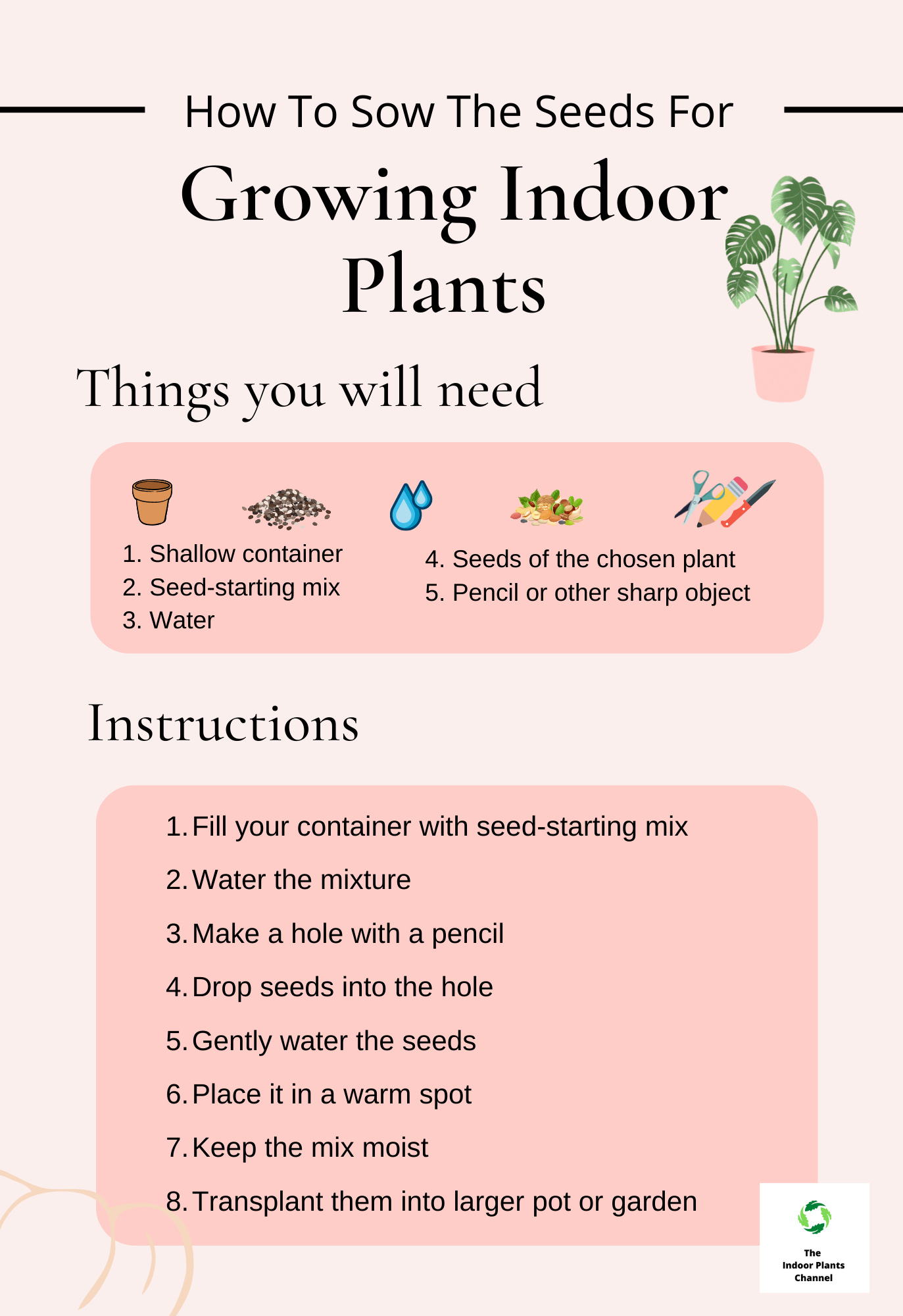
What Is The Best Temperature And Humidity For Growing Indoor Plants From Seeds?
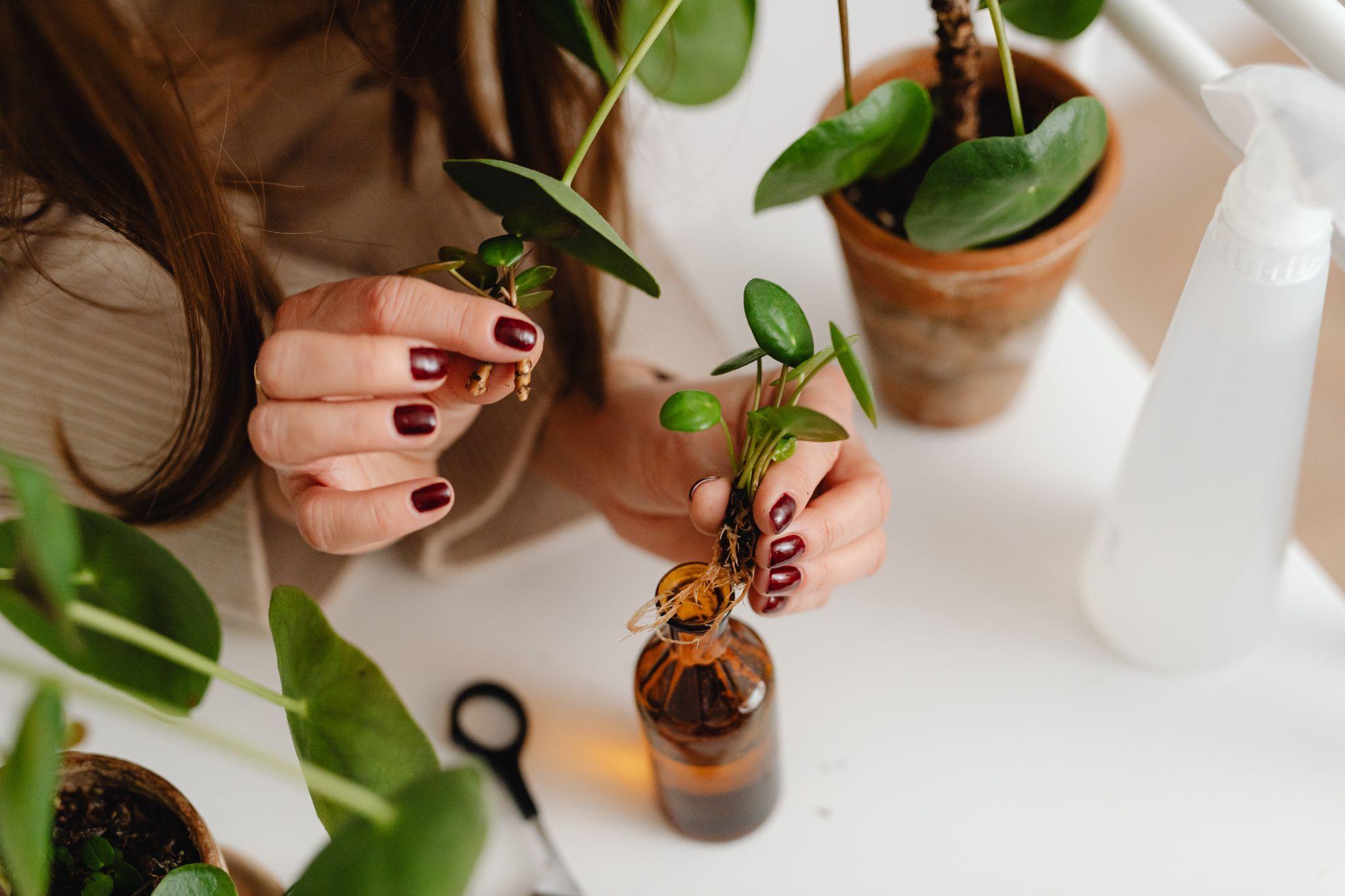
Credit: Pexels
The best temperature and humidity for growing indoor plants from seeds is 70 degrees Fahrenheit and 50% humidity.
How To Water Indoor Plants When Growing From Seeds
It is important to water indoor plants regularly, especially when growing from seeds, to ensure that they can germinate and grow properly. Over-watering or under-watering both can lead to problems.
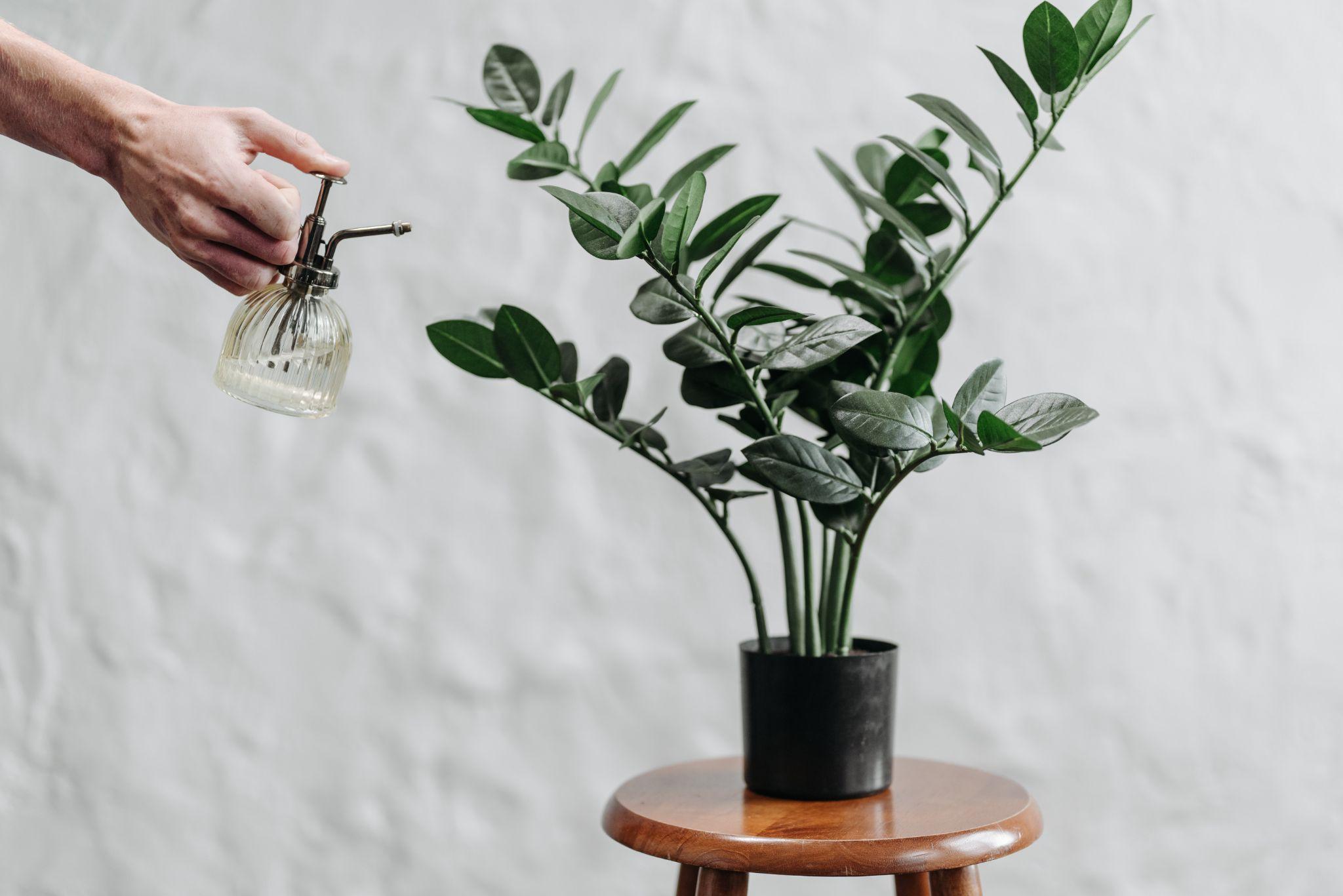
Credit: Pexels
The best way to water indoor plants when growing from seeds is to use a spray bottle or a mist and lightly mist the soil. Be sure not to saturate the soil, as this can lead to problems with mold and mildew. Allow the soil to dry out in between waterings.
If you are using a seed-starting mix, it is best to water it from the bottom up. Place the seedlings in a tray of water and let them soak for a few minutes. Then, drain the water and allow the seedlings to dry off before replanting them.
Be sure to keep an eye on the seedlings and water them as needed. If the leaves start to wilt, that is a sign that they need more water.
The Best Lighting For Growing Indoor Plants From Seeds
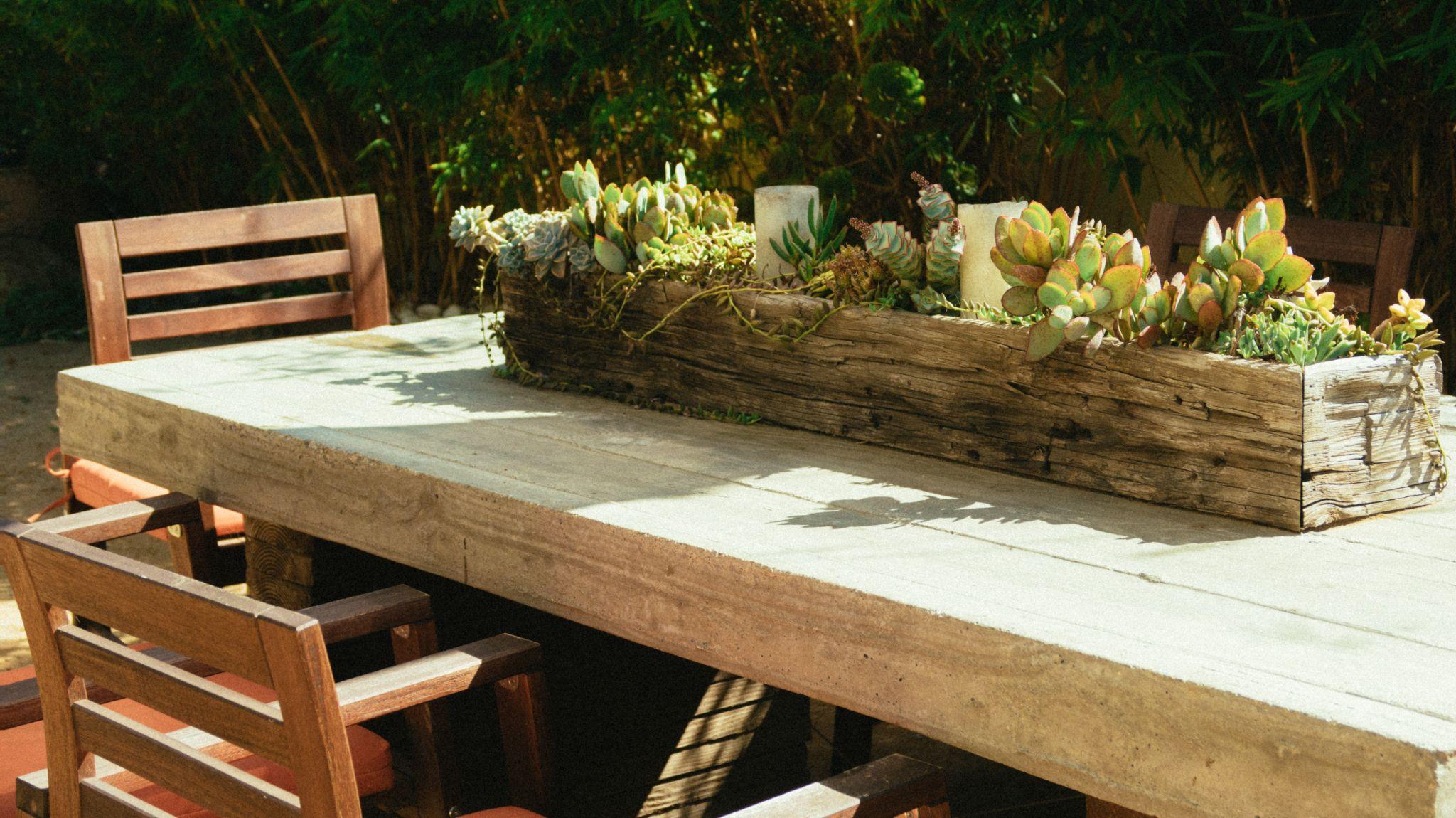
Credit: Pexels
The best light for growing indoor plants from seeds is indirect sunlight. Place your seedlings in a spot where they will get a few hours of sunlight each day, such as near a south-facing window. If you don’t have a spot with enough natural light, you can also use grow lights.
Grow lights are artificial lights that mimic the sunlight that plants need to grow. They come in different types, including fluorescent, LED, and incandescent. You’ll need to experiment to see which kind works best for your plants.
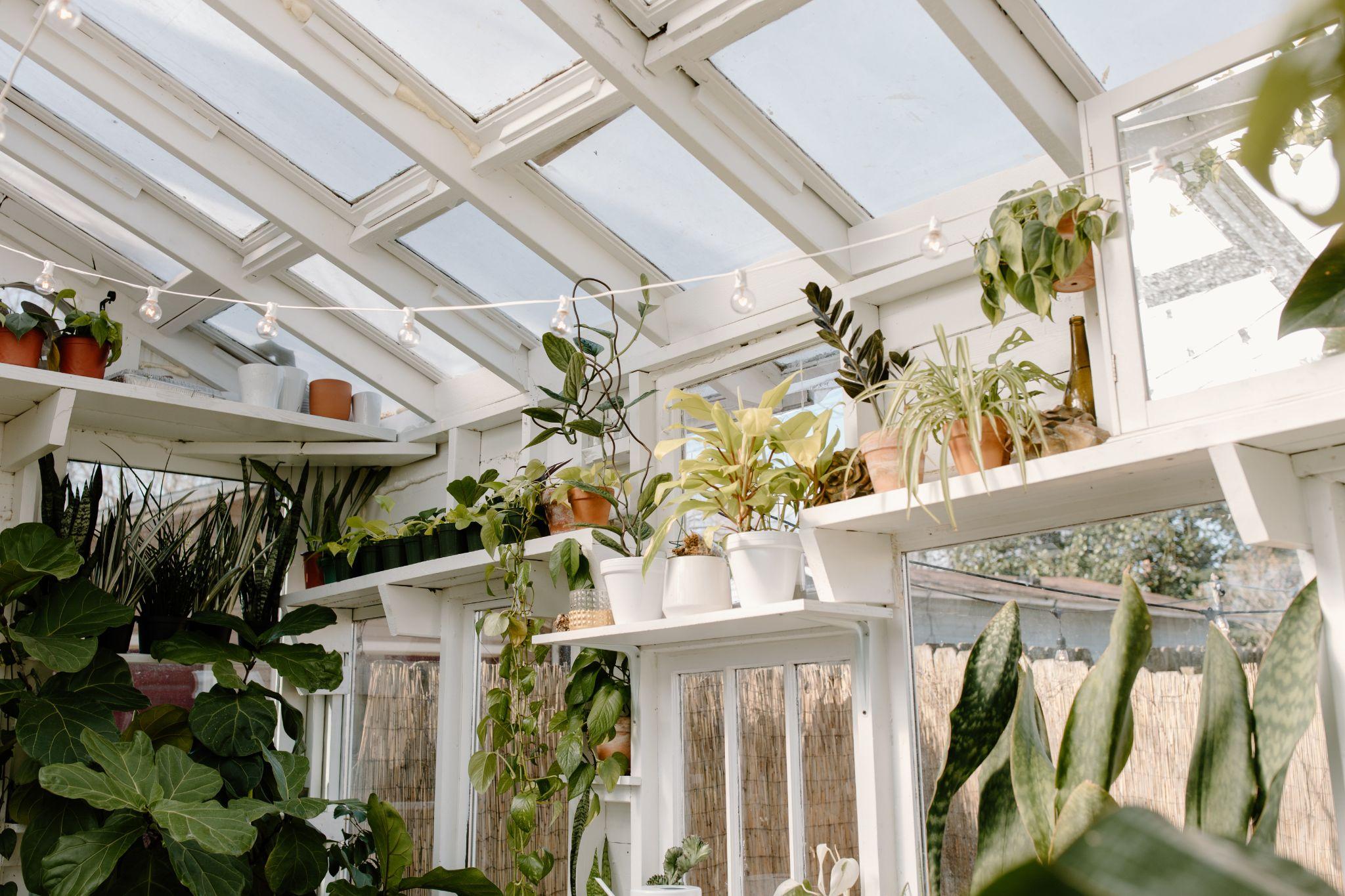
Credit: Pexels
When using grow lights, it’s important to give your plants the right amount of light. Too much light can burn the leaves, and too little light will prevent the plant from growing. The best way to find the right amount of light is to experiment and see what works best for your plants.
How To Fertilize Indoor Plants Grown From Seeds
When you are growing indoor plants from seeds, it is important to fertilize them regularly. There are a few different ways that you can do this.
- One way is to use a liquid fertilizer, which you can either buy as commercial fertilizer or make your own by mixing water and compost. To use a liquid fertilizer, simply mix it with water according to the directions on the package or recipe, and then water your plants with it.
- Another way to fertilize indoor plants is to top dress them with compost or manure. For this, simply sprinkle a layer of compost or manure over the top of the soil in your pots. Then, water it in a well.
- Finally, you can also make your own fertilizer by mixing water, compost, and manure. It is a great way to fertilize your plants because it provides them with all the nutrients they need. Simply mix equal parts of water, compost, and manure, and then water your plants with it.
Whatever method you choose, make sure to fertilize your plants regularly. Indoor plants need nutrients to grow, and fertilizer will help to provide them with the nutrients they need.
The Best Way To Thin And Transplant Indoor Plants Grown From Seeds
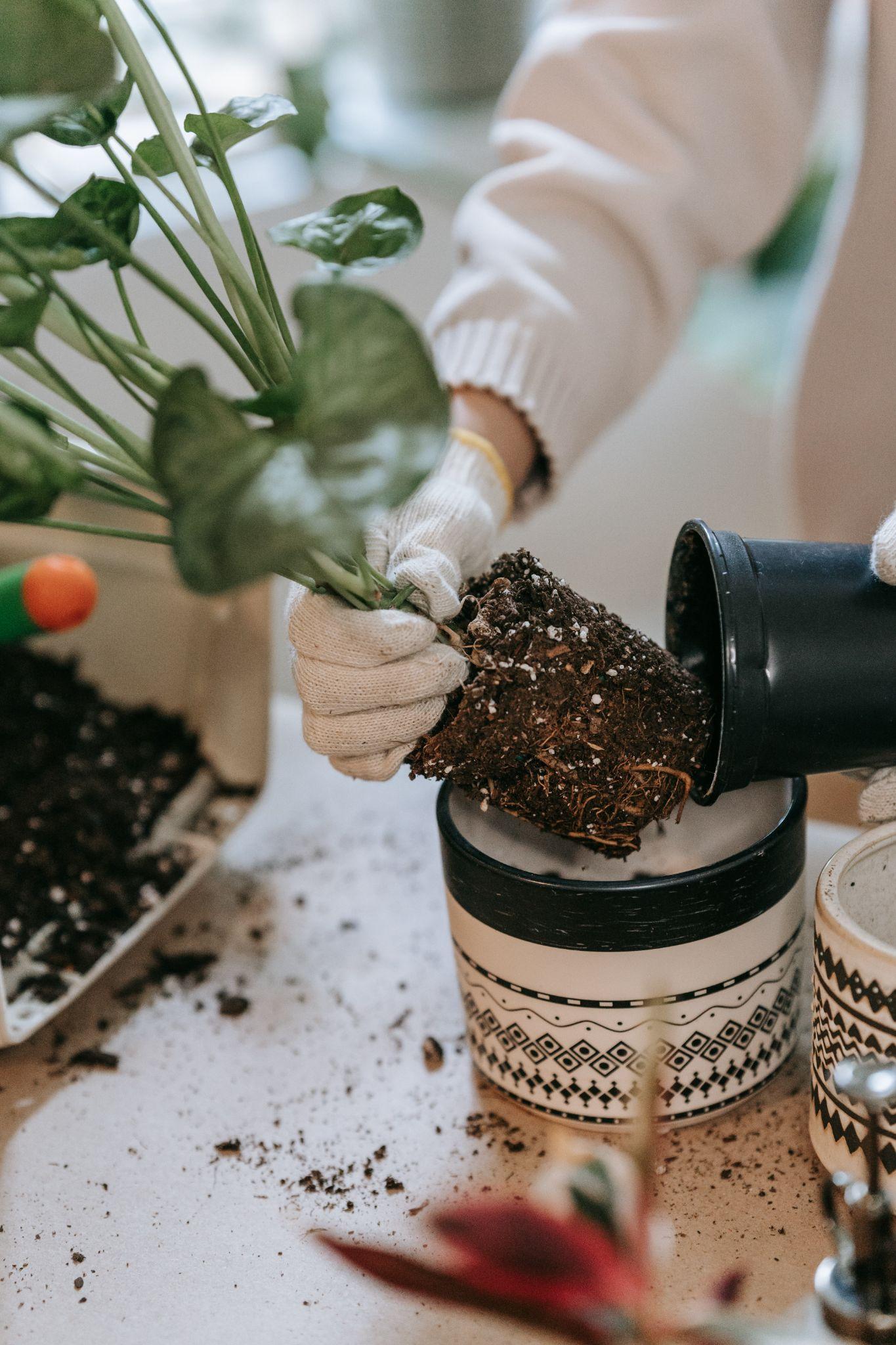
Credit: Pexels
The best way to thin and transplant indoor plants grown from seeds is to wait until they have at least two sets of true leaves. Once they have reached this point, you can carefully remove the excess seedlings, and be sure not to damage the roots of the remaining plants.
Transplant them into individual pots that are filled with a light, well-draining potting mix. Water them well and place them in a bright spot, out of direct sunlight.
How To Troubleshoot Common Problems When Growing Indoor Plants From Seeds
If you are growing indoor plants from seeds, you may sometimes encounter problems. These problems can usually be fixed with a little troubleshooting. Here are some common problems and how to fix them:
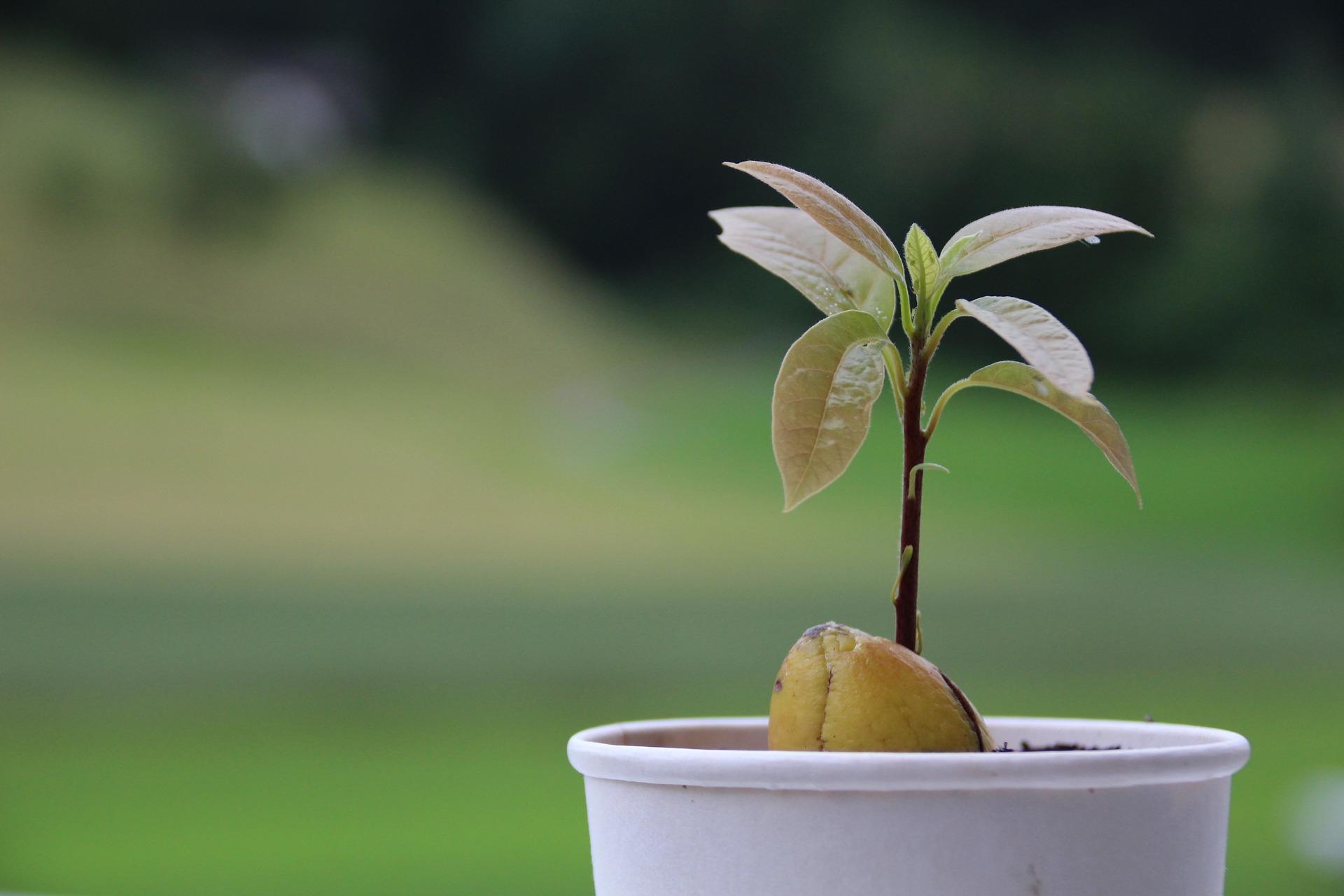
Credit: Pixabay
1. Problem: Seeds Are Not Germinating
Solution: Make sure that you are using fresh, high-quality seeds. Also, make sure that you are providing the seeds with the correct conditions for germination, such as the optimum temperature and moisture.
2. Seedlings Growing Too Slowly
Solution: Ensure that the seedlings receive adequate lighting. If they are not, try moving them to a brighter location. Make sure the temperature is not too hot or cold as well.
3. Problem: Seedlings Getting Leggy
Solution: This means that they are not getting enough light. Move them to a brighter location.
4. Problem: Leaves Turn Yellow
Solution: Too much or insufficient water may be the cause of this. Make sure that you are watering the seedlings correctly. Also, make sure that the seedlings get the optimum light.
Expert Ideas
- Soak the seeds in water for a few hours, or overnight.
- Fill pots or seed trays with a quality seed-starting mix, and the mix should moisten thoroughly.
- Sow the seeds, and press them gently into the mix.
- Cover the pots or trays with a clear lid or plastic wrap, and place them in a warm, bright spot.
- Check on the seeds daily, and keep the mix moist.
- Once the seedlings emerge, remove the lid or plastic wrap, and water them as needed.
- Fertilize the seedlings that are a few weeks old, using a half-strength liquid fertilizer.
- When they are big enough to handle, transplant the seedlings into larger pots or the garden.
Bonus Tip
Start with a fresh, sterile seed-starting mixture and scatter your seeds thinly to prevent crowding. Use a spray bottle to lightly mist the soil and keep it moist but not wet. Place the seed tray in a warm, bright spot and wait for the seeds to germinate. Once they sprout, thin the seedlings to give the strongest ones room to grow.
Frequently Asked Questions
What are some common mistakes people make when growing indoor plants from seeds?
One common mistake is not starting with fresh, high-quality seeds. Old or poor-quality seeds may not germinate at all or may take much longer to germinate. Another mistake is not using sterile potting mix and pots. If you reuse potting mix or pots that have already been used, there is a risk of introducing diseases or pests to your new plants.
What are some tips for successful germination?
Some tips for successful germination include using fresh, high-quality seeds; planting the seeds in a sterile potting mix, and using a sterile pot. It is also important to keep the pot. mix moist but not wet and to provide adequate drainage. Once the seeds germinate, it is important to provide them with adequate light, water, and nutrients.
What are some common problems people have when growing indoor plants from seeds?
Some common problems people have when growing indoor plants from seeds include poor germination rates, diseases, and pests. These can be caused because of planting the seeds in a non-sterile potting mix or pots, or not providing them with adequate ventilation
Conclusion
If you’re looking for a fun and rewarding gardening project, why not try growing indoor plants from seeds? With a little bit of effort, you can grow beautiful indoor plants from seeds. Just remember to be patient and to give your plants the care they need, and you’ll be rewarded with a bountiful harvest.
Michelle Wilde
Related posts
4 Comments
Leave a Reply Cancel reply
![]()
About Michelle Wilde
Michelle Wilde is a stay-at-home mom and avid plant lover. Armed with a post-graduate degree in Computer Science (no kidding!), she loves researching plants and landscapes. When she is not caring for her 4 kids, she spends time on her passion for plants. She blogs at www.indoorplantschannel.com, the trusted source for indoor plants.
Learn more
Subscribe
* You will receive the latest posts and updates about indoor plants!
Search
Recent Posts
Categories
- Beginner Guides (10)
- FAQ (206)
- General (2)
- How-To Guides (212)
- Indoor Plants (214)
- Pest Management (2)
- Plant Problem Solutions (4)
- Seasonal Growing (2)
- Specialized Environments (2)
- Specific Plant Care (3)
- Technical Growing (2)
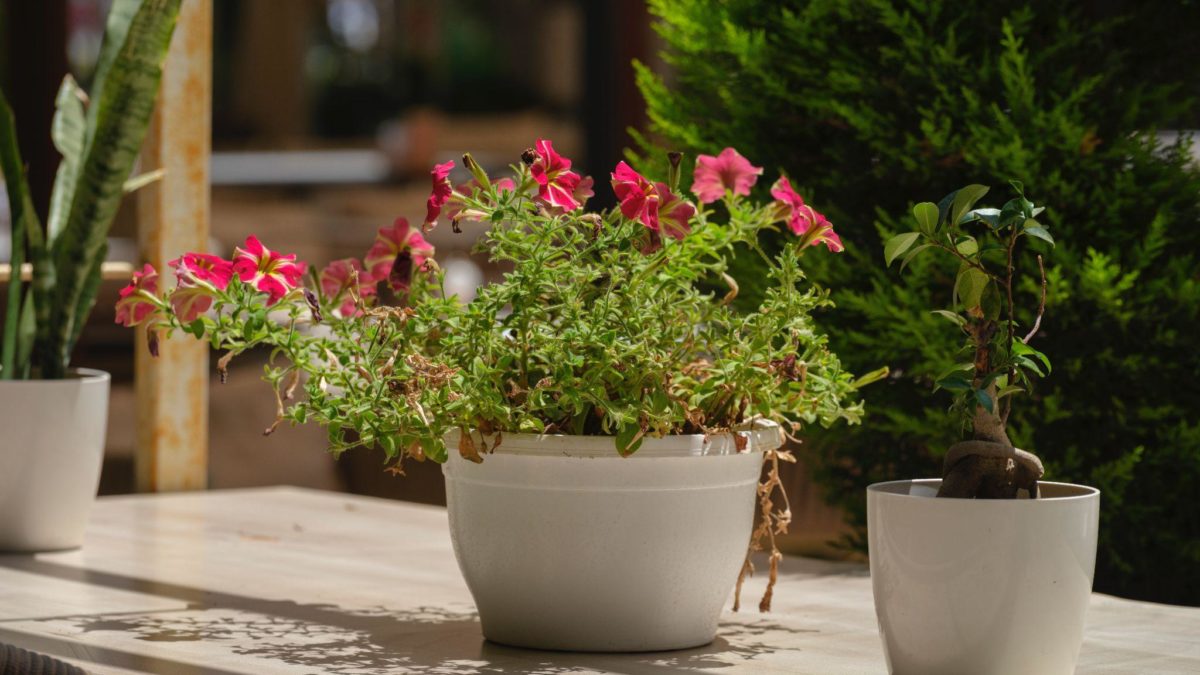
[…] you’re looking for a fun and rewarding gardening project, why not try growing indoor plants from seeds? Not only is it a great way to get started with gardening, but you’ll also enjoy all […]
[…] So, next time you have some eggshells, don’t throw them away! Put them to good use and grow some beautiful indoor plants! […]
[…] So what can we do to reduce the amount of CO2 in the atmosphere and help combat climate change? One way is to grow indoor plants. […]
[…] are relatively easy to grow indoors, and they dont require a lot of space. You can grow them in pots or in a windowsill garden. Start […]